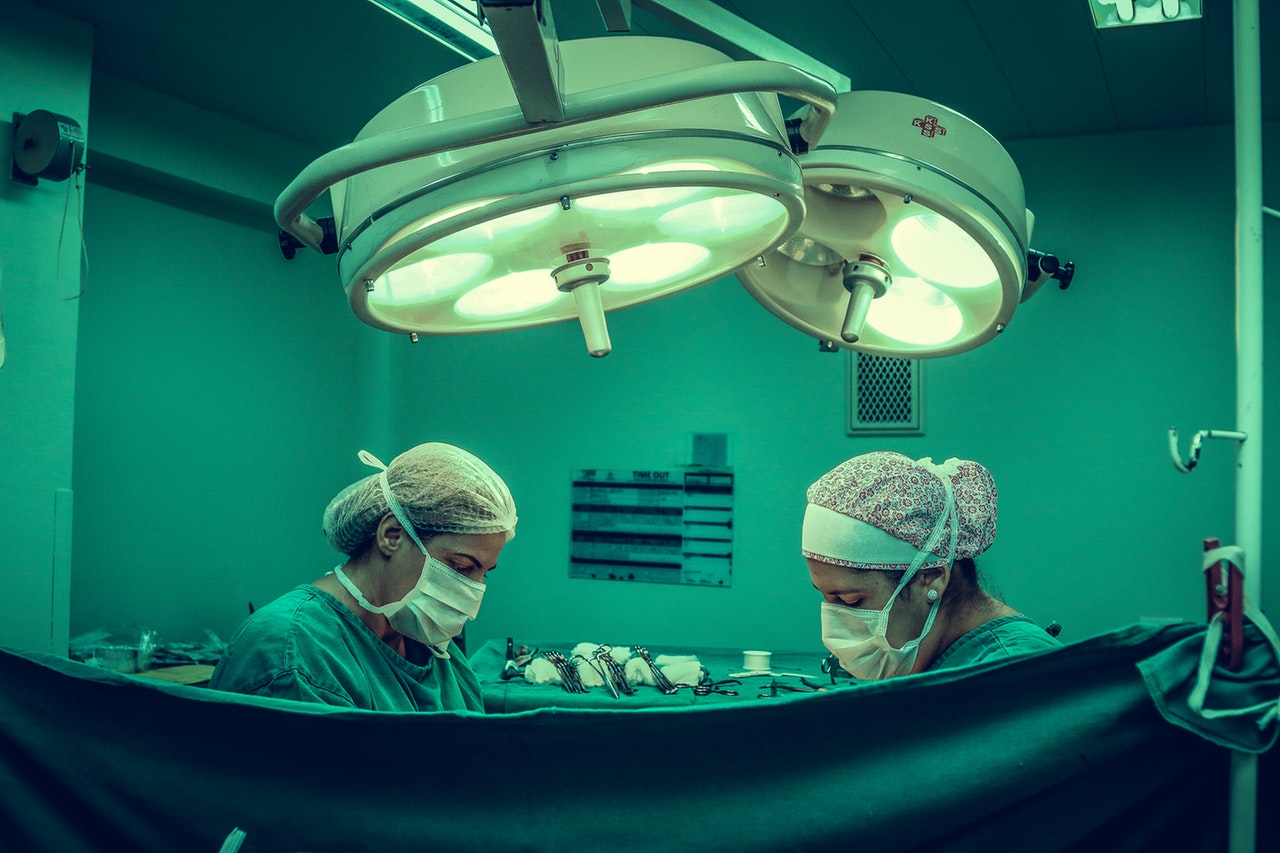A survey performed in 2009 showed that 48 million inpatient surgeries were performed that year. Everything from eye surgery to musculoskeletal surgeries were included. And this survey doesn’t even include the millions of outpatient surgeries that were performed. A staggering 80 percent of the people undergoing surgery reported that they had some form of postoperative pain. Additionally, some10 to 50 percent of these patients then develop chronic pain from the surgery itself. That’s a whole lot of people who didn’t get relief from their pain, even after a surgery that may have been indicated to correct the initial pain.
Pain relieving medications and injections are frequently provided after a surgical procedure, yet many people still don’t get relief, and for many reasons. There may be limitations to how much and how frequently a person can take pain medications or even how often the doctor is allowed to prescribe it. And since pain is subjective to the person experiencing it, it can be very difficult for the doctor to determine what is or is not working for the patient.

Alternative therapies, such as acupuncture, yoga, infrared light therapy, essential oils and massage therapy are great choices for postoperative pain. Massage therapy is one of the more frequently suggested alternative therapies doctors recommend. For good reason too. Numerous studies show how beneficial regular massage can be for people with pain, and indeed, massage therapy is a wonderful complement to pain-killers.
Massage removes toxins by flushing them out of the cells and improving the oxygen-rich blood that nourishes the cells. This helps decrease inflammation that is common after a surgical procedure. Regular massage also increases the production of feel-good hormones like serotonin. When we feel better mentally, we also feel better physically.
Massage also helps with postoperative pain by improving sleep. When cortisol levels are too high in the body due to stress, many people have difficulty sleeping. With insomnia the body’s healing may be inhibited. This combination is not good to have right after having surgery, when your body needs even more rest than usual. Getting a massage is very relaxing for most people and can lower cortisol levels in the body, thus allowing for more and better sleep. This can decrease their postoperative pain and speed up healing times.
As mentioned in the beginning, a lot of people are going under the knife for a lot of reasons. And since conventional painkillers may not be effective and can also lead to addiction over time, it’s a great idea to consider adding in massage as soon as possible after a surgical procedure, especially if there is persistent pain.
In some areas, post-op massage may require advanced education. So, it’s both important and beneficial to seek a licensed massage therapist who has completed training and has experience working with people after surgical procedures.
Our bodies can heal if they are given the right tools. And massage is one of the best tools available.
